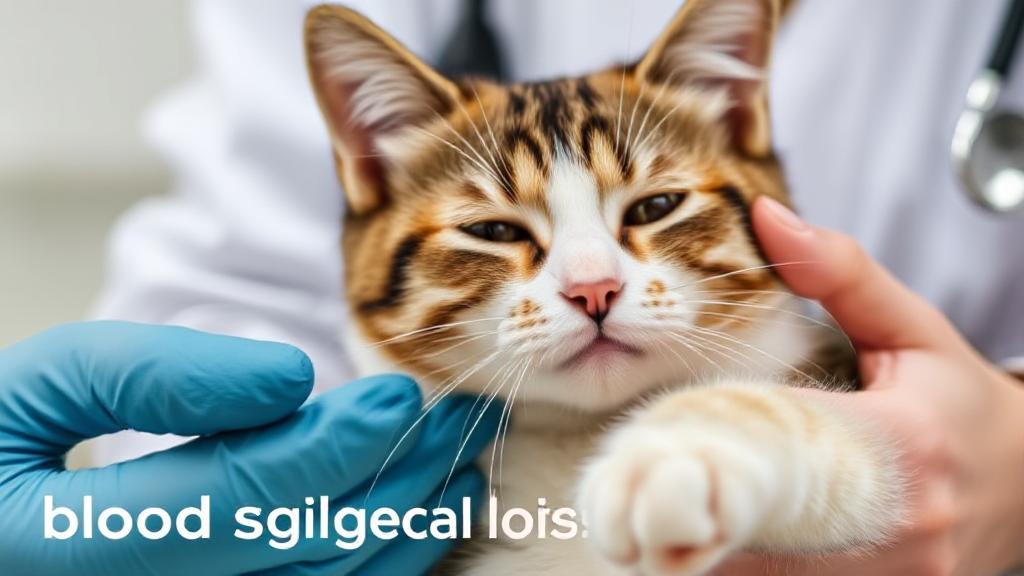Understanding Normal Blood Sugar Levels in Cats
Blood sugar levels are a crucial aspect of a cat's health, and understanding what constitutes normal levels is essential for cat owners and veterinarians alike. Cats, like humans, can experience fluctuations in blood sugar levels, which can significantly impact their health.
What Are Normal Blood Sugar Levels?
Blood sugar, or glucose, is a vital energy source for the body's cells. In cats, normal blood glucose levels typically range between 70 to 150 mg/dL (4.4-6.6 mmol/L). However, stress can temporarily elevate these numbers, which is why veterinarians often consider readings up to 200 mg/dL acceptable during vet visits.
Factors Affecting Blood Sugar Levels
Several factors can influence your cat's blood glucose levels:
- Diet: The type and amount of food consumed can cause fluctuations
- Physical activity
- Stress levels
- Age
- Health status
- Medications: Certain medications can affect glucose metabolism
Signs of Abnormal Blood Sugar
Low Blood Sugar (Hypoglycemia)
Watch for these symptoms:
- Weakness
- Lethargy
- Tremors
- Seizures
- Loss of consciousness
High Blood Sugar (Hyperglycemia)
Common indicators include:
- Increased thirst
- Frequent urination
- Weight loss despite normal eating
- Changes in appetite
- Lethargy
Testing and Monitoring
At-Home Testing
Many pet owners opt for at-home testing using a glucometer. Here's a simple guide:
- Gather Supplies: You will need a pet glucometer, test strips, and a lancet
- Prepare Your Cat: Ensure your cat is calm and comfortable
- Collect a Sample: Use the lancet to obtain a small blood sample, usually from the ear or paw pad
- Test the Sample: Follow the glucometer instructions
- Record the Results: Keep a log of the readings to track trends
Important: Always consult with your veterinarian before starting home monitoring, as they can provide proper training and equipment recommendations.
Veterinary Testing
Regular veterinary check-ups are crucial. A veterinarian can perform more comprehensive tests, such as a fructosamine test, which provides an average blood glucose level over the past few weeks.
Prevention and Management
Diet Control
- Feed a balanced, species-appropriate diet
- Avoid high-carbohydrate foods
- Maintain consistent feeding schedules
- Monitor portion sizes
Special Considerations for Diabetic Cats
Treatment options may include:
- Insulin injections
- Dietary modifications
- Regular exercise
- Oral medications (in some cases)
Complications of Unmanaged Blood Sugar Levels
Uncontrolled blood sugar levels can lead to severe complications, including:
- Diabetic ketoacidosis (DKA)
- Hyperglycemic hyperosmolar syndrome (HHS)
- Kidney disease
- Blindness
- Neuropathy
For more detailed information about feline diabetes and blood sugar management, visit resources like:
